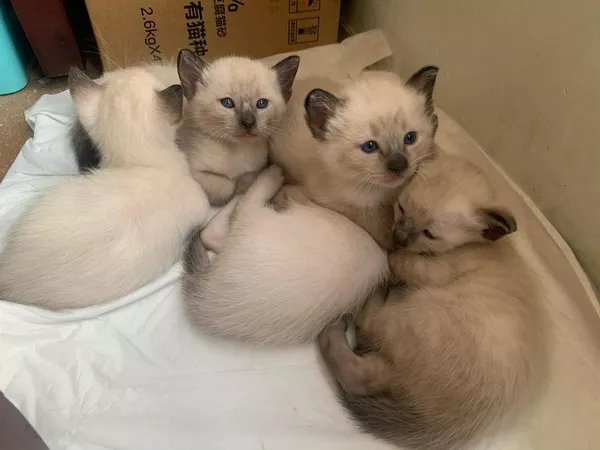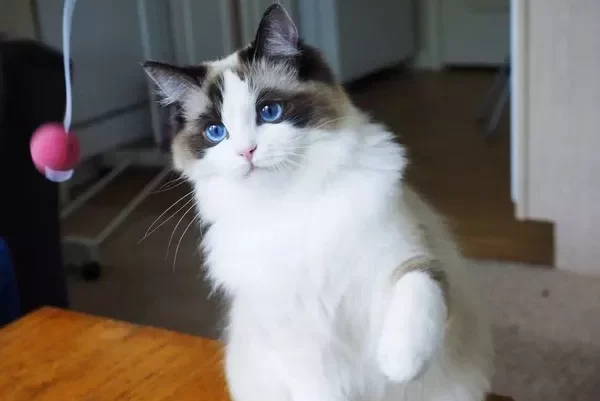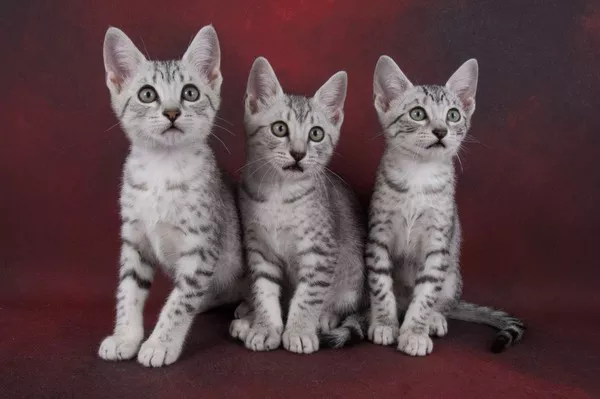Cats, those enigmatic and beloved companions, have a fascinating reproductive process. Understanding the intricacies of cat mating and reproduction is essential for cat owners, breeders, and anyone curious about the circle of life for these graceful felines. In this comprehensive guide, we explore the stages of cat reproduction, the mating process, pregnancy, and the care of mother cats and their kittens.
The Estrous Cycle: A Cat’s Reproductive Cycle
Before delving into the specifics of mating and reproduction, it’s crucial to grasp the concept of the estrous cycle. Unlike humans, female cats are seasonally polyestrous, meaning they go through multiple heat cycles during their breeding season, typically from early spring to late autumn. The estrous cycle consists of several stages:
Proestrus: This is the initial phase of the cycle, lasting about 1-2 days. During proestrus, female cats become more affectionate and vocal but are not receptive to mating.
Estrus: The estrus phase is when a female cat is in heat and is fertile, usually lasting 4-7 days. Cats in estrus are vocal, exhibit increased affection, and often assume a mating position when touched on their lower back.
Metestrus: After estrus, there’s a brief period where the female is no longer fertile but may still exhibit some signs of being in heat.
Anestrus: This is the inactive phase of the cycle when the cat is not in heat.
Mating: The Process of Reproduction
When a female cat is in estrus, she becomes receptive to mating. Male cats, known as toms, detect this through her scent and vocalizations. The mating process typically involves the following steps:
Courtship: The male cat may court the female by rubbing against her, vocalizing, and sometimes nipping at her neck. This behavior can last several hours or even days.
Mounting and Copulation: When the female is ready, the male mounts her and copulation occurs. This can be a brief event but may happen multiple times during a single mating session.
Induced Ovulation: Surprisingly, female cats undergo induced ovulation. This means that ovulation is triggered by the act of mating itself. It’s an adaptation designed to ensure fertilization.
Aftermath: After mating, both cats may separate, and the female may groom herself excessively.
Pregnancy and Gestation
If mating is successful, the female cat becomes pregnant. The gestation period for cats typically lasts around 63-65 days, though it can vary. During pregnancy, the expectant mother may exhibit the following changes and behaviors:
Weight Gain: Pregnant cats usually gain weight as the pregnancy progresses.
Increased Appetite: Many pregnant cats have an increased appetite, so feeding them a high-quality diet is essential.
Nesting: As the due date approaches, the cat may seek out a quiet and secluded place to create a nest for her kittens.
Nipple Development: The cat’s nipples will become more prominent and may change color.
Behavior Changes: Some pregnant cats become more affectionate, while others may become more reserved.
Preparing for Birth: Labor and Delivery
When the time comes for birth, also known as parturition, the cat will typically exhibit the following signs:
Restlessness: The cat may become restless and pace.
Nesting: She may return to her nesting spot and start arranging it.
Vocalization: Some cats vocalize or meow more frequently.
Discharge: A clear vaginal discharge may be observed.
Contractions: The cat will have abdominal contractions as she goes into labor.
Kittens are born in a membrane called the amniotic sac, which the mother will usually break open and clean. If she doesn’t, gently assist by removing the membrane and cleaning the kitten’s nose and mouth to ensure it can breathe.
Caring for Mother Cats and Kittens
Once the kittens are born, it’s crucial to provide proper care for the mother and her offspring:
Nutrition: Continue feeding the mother a balanced diet suitable for lactation.
Hydration: Ensure she has access to fresh water at all times.
Kitten Care: Monitor the kittens for signs of health and proper nursing. If any issues arise, consult a veterinarian.
Socialization: Begin gentle handling and socialization of the kittens from an early age.
Weaning: Kittens typically start weaning at around 4-5 weeks of age, transitioning to solid food.
Vaccinations: Follow your veterinarian’s guidance on vaccination schedules for the kittens.
Spaying and Neutering: To prevent unwanted pregnancies, consider spaying the mother and neutering the kittens when they reach the appropriate age.
In conclusion, understanding the intricacies of cat mating, reproduction, and the subsequent care of mother cats and kittens is essential for responsible cat ownership and breeding. Cats’ reproductive cycles, mating behaviors, and the stages of pregnancy and birth are fascinating aspects of feline biology that deserve our attention and care. By providing proper care and support, we can ensure the health and well-being of our feline companions and their adorable offspring.

























